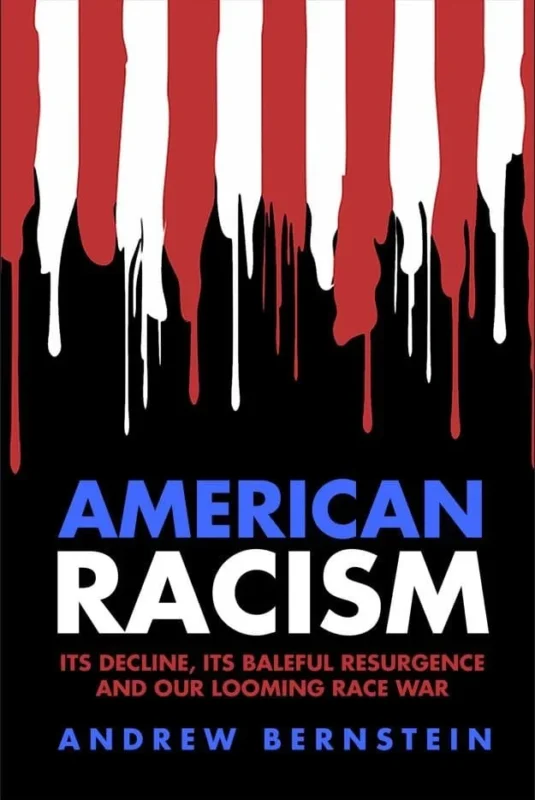A report Tuesday from Steve Galbraith, strategist at Morgan Stanley, slashed his 2001 earnings forecast for the S&P 500 from $51 to $46 — about a 10% cut. But from the 1092 S&P close the day before the September 11 terrorist attack through the 1003 close last Monday, when Galbraith presumably wrote his report, is only an 8% drop.
If Galbraith’s earnings numbers were right before the attack, and if they are right again now, after the attack, that means that the forward price/earnings ratio of the S&P has just gone up. That’s right, valuations have just gone up, after an event that by any rational standards should have ushered in a collapse.
The last time S&P 500 forward earnings were as low as Galbraith’s call of $46 was all the way back in October, 1996. Back then the index was trading at 705, with a p/e ratio of 15.4. Why shouldn’t it be trading there today?
Or lower? But today it’s at 1018 — yielding a p/e ratio of 20.4. Why?
Why, at a time when America is looking down both barrels of an economy that was slipping into recession even before the terrorist attacks — and now faces new unfathomable and unlimited economic and military risks as we embark on an as-yet-undefined and potentially indefinable war on terrorism at home and abroad?
By historical standards, today’s forward p/e of 20.4 is quite high. Yes, it has been higher over the last couple boom years — in the 24’s throughout much of 1999. But in the last quarter century, it has been below today’s level at all times prior to February, 1998. And the average over the last quarter century has been only slightly more than half of today’s level — 11.6.
S&P 500 forward price/earnings ratio Monthly: January 1976 to today; Source: Morgan Stanley
15 used to be considered high. Just two months after that time in October 1996, the last time the S&P’s forward earnings were as low as they are today, the S&P rallied to 744. Forward earnings estimates rose proportionately so the p/e didn’t change. Nonetheless, that’s when Alan Greenspan made his his famous speech asking if the market was in the grips of “irrational exuberance.” And shortly after that warning, the S&P’s p/e ratio took off into the stratosphere and has never really come back down.
So, again — why? How is it that valuations have stayed so high, after the drubbing that the markets have taken over the last year — and especially now after the September 11 attacks?
Of course it could be that the omniscient market is looking ahead to a fabulous earnings recovery — that, and the fact that starting tomorrow fried chicken is going to fly into my waiting mouth.
Or, more likely, it could be that after the greatest bull market in living memory that it simply takes time for investors to come to grips with the reality that the train has come off the rails and we really are headed for a serious recession. Just a month ago, remember, second quarter Gross Domestic Product was revised down to a barely positive 0.2%, and everyone breathed a great collective sigh of relief that we weren’t “officially” entering a recession. Well, friends, if we weren’t in a recession then (and we were!), we certainly are now.
But just as for the terminally ill patient who has to gradually come to psychological terms with the inevitability of death, absorbing the reality that we are headed for a whopper of a recession (or worse) begins with denial.
In today’s trenchant commentary “Too Cheap?”, David Gitlitz — president and chief economist of DG Capital Advisers, notes that there is an
…abundance of advice now being proffered by marquee-name Wall Street strategists suggesting current valuations represent a bargain too good to pass up. Their argument essentially rests on the premise that a rising crescendo of uncertainty has left stocks so cheap, they can’t get much cheaper.
Ah, but they can. Gitlitz goes on to say,
…though equities may appear cheap by traditional valuation standards, they continue to discount a price of risk that may not be low enough.
They can, and they will.
The downgrades, the warnings, the misses, the downward guidances… it’s all just beginning. After the close Wednesday little IP telephony innovator Sonus warned, and it opened yesterday down more than 60%. Yesterday Morgan Stanley’s influential networking analyst Chris Stix stuck it to Cisco Systems and Extreme Networks; and Goldman Sachs’ semiconductor guru Terry Ragsdale ragged the chipmakers — both sectors were vaporized.
That’s nothing. Just wait till these companies start reporting, with their back-end loaded quarters — in a world in which no CFO in his right mind would dare to shave a micron of a penny off his earnings by spending any money buying anything at all?
“V” recovery? Don’t make me laugh. I’ve tried to rationalize this to myself for over a year, looking for every opportunity to be optimistic and hope for a bottom. But I gave up on the market in the last week of August, even before the September 11 attacks. It was tough to give up then — and it was tough to sell the last of my stocks last week. Hey, I’ve been bullish for so long, I’m afraid that old broken-clock-is-right-twice-a-day thing could kick in here, and I’ll miss it. But I don’t think so.
I see now that we’re going to have to have a bleed-out as painful as the boom was wonderful. Remember in late 1999 and early 2000, you’d come to the market every day and just be stunned at the crazy, fabulous stuff that was happening. Now there is no escaping the other side of that coin. We’re going to have to spend six months in the same state of disbelief and amazement — but on the downside. We’re going to have to come to the market every day and just be stunned — and sickened.
Or to put it another way, we’re going to have to get the forward p/e on the S&P 500 back down to pre-irrational exuberance levels.
Luke, it is our destiny.
Or is it? It could be prevented. I had hoped for a few days right after the September 11 attacks that the necessary catalysts for recovery would fall into place, stimulated by the “animal spirits” called forth by a national emergency.
But noooo… Alan Greenspan continues to deflate. And the Democrats and the Republicans still wrestle each other in the mud pit of the hanging chad, where Robert Rubin is more visible than Paul O’Neill, and convocations of the mighty are called to talk seriously about stimulating the shattered economy by raising the minimum wage.
Benjamin, I have two words for you.
Sell rallies.
—Don Luskin Copyright 2001 Luskin Report, Inc. All rights reserved. Content of this website is for your information only, and is not investment advice.
The views expressed within represent those of the author, and do not necessarily reflect those of Capitalism Magazine’s publishers.
< ! -- Sponsors -- >









